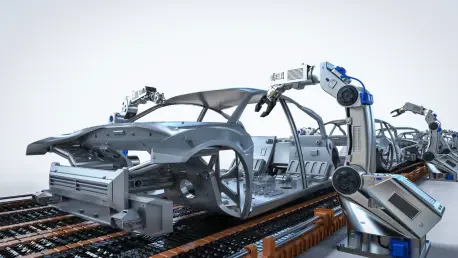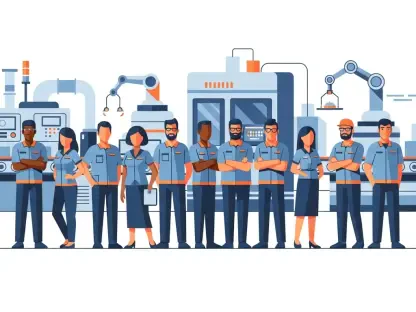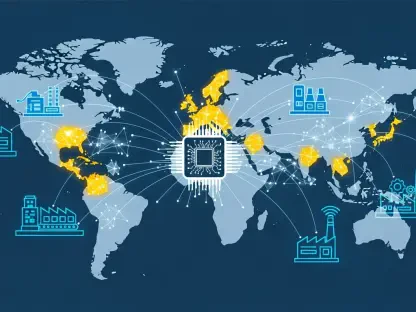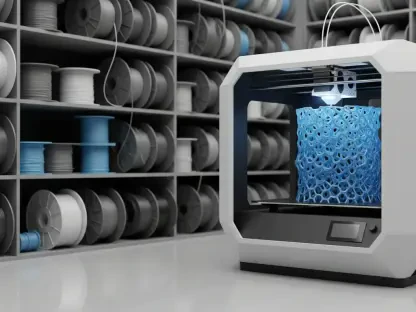Amid the increasing demand for electric vehicles, India’s strategic role in securing the supply of rare earth magnets has become a focal point. This market analysis explores the Indian government’s proactive efforts to streamline the procurement of these essential components from China, highlighting India’s critical position as a facilitator in the global supply chain for the automotive sector. Unprecedented demand pressures have emphasized the need for efficient logistics and foresight in managing potential disruptions.
Strategic Maneuvering in the Rare Earth Magnet Market
India’s position as an intermediary rather than a direct negotiator provides significant advantages in procuring rare earth magnets. Through coordinated efforts involving India’s commerce department and the Ministry of External Affairs, the country has been instrumental in resolving trade and compliance challenges, thereby ensuring a smooth flow of essential materials into the domestic market. This facilitation is particularly vital as these materials are crucial for producing eco-friendly vehicle technologies and sustaining technological momentum.
Current Trends and Market Dynamics
Recent trends highlight India’s dual focus on strengthening import channels while setting the groundwork for domestic production of rare earth magnets. By fostering resilient links with China, India aims to address immediate logistic needs and avert bottlenecks. Moreover, there is increasing industry consensus and policy shift toward enhancing local manufacturing capabilities, with strategic investments envisioning reduced import dependencies. Such initiatives align India with other countries aiming for technological self-sufficiency in the auto components sector.
Projections and Future Trajectories
Emerging patterns suggest an evolving landscape for rare earth magnets, driven by advancements in electric vehicle technology and regulatory changes. India’s strategic thrust is likely to influence these developments, potentially transforming its role from a facilitating intermediary to a leading producer. Comparisons with nations like Australia provide a blueprint for overcoming technical hurdles and achieving competitive viability in global markets. As India’s auto sector adapts to these changes, its ability to diversify sourcing and embrace innovation will dictate future success.
Insights and Recommendations for Strategic Planning
Businesses and policymakers can extract valuable lessons from India’s current strategies. Collaborations, investments in research, and international partnerships have proven effective in mitigating potential setbacks. By focusing on robust compliance frameworks and reinforcing cross-industry alliances, stakeholders can achieve more sustainable practices. Such strategic planning is imperative for navigating the complex landscape of rare earth magnet procurement and ensuring continuity in the automotive supply chain.
Reflecting on Strategic Imperatives
India’s facilitation of rare earth magnet procurement for the auto industry underscores a strategic journey of foresight and collaboration. This role is not only pivotal in maintaining momentum for the car manufacturing sector but also in laying a foundational path toward greater technological independence. Through concerted efforts, India aims to establish itself as a formidable player in the evolving global economy. By supporting diversified sourcing, enhancing domestic capabilities, and forging vital cross-sector partnerships, stakeholders position themselves to capitalize on future opportunities.









